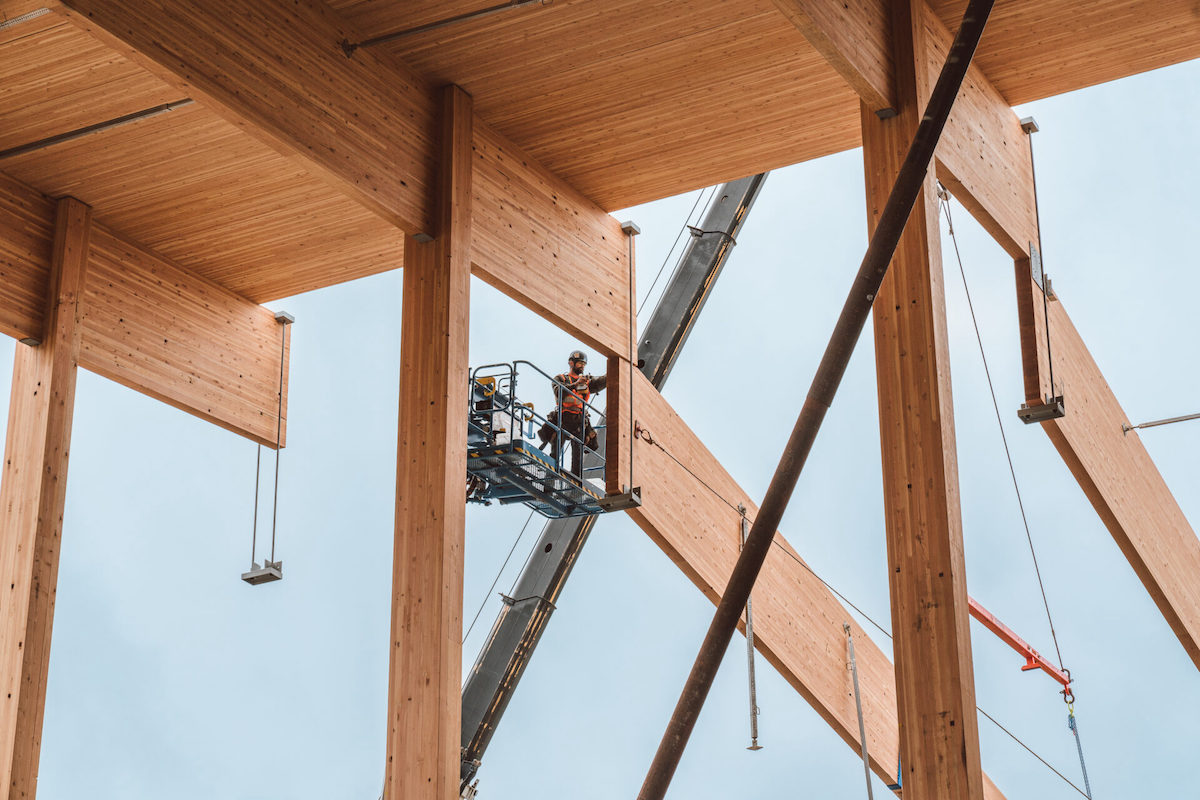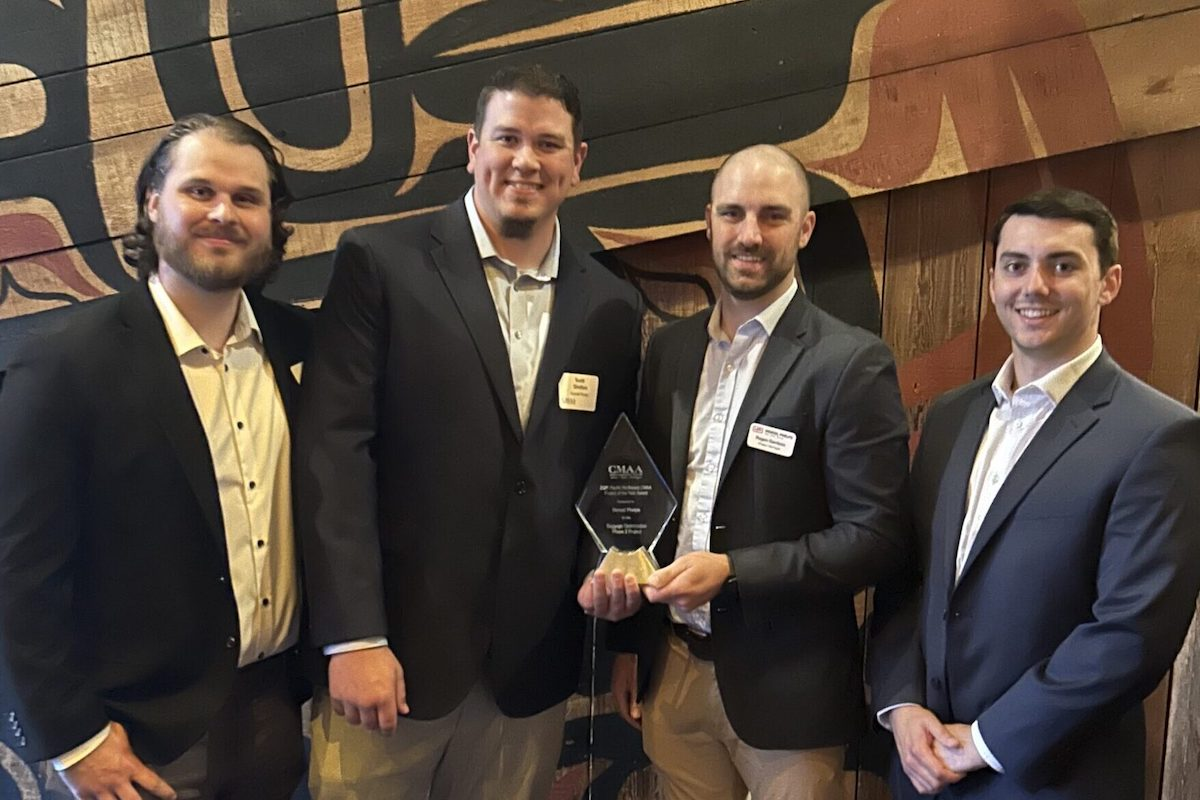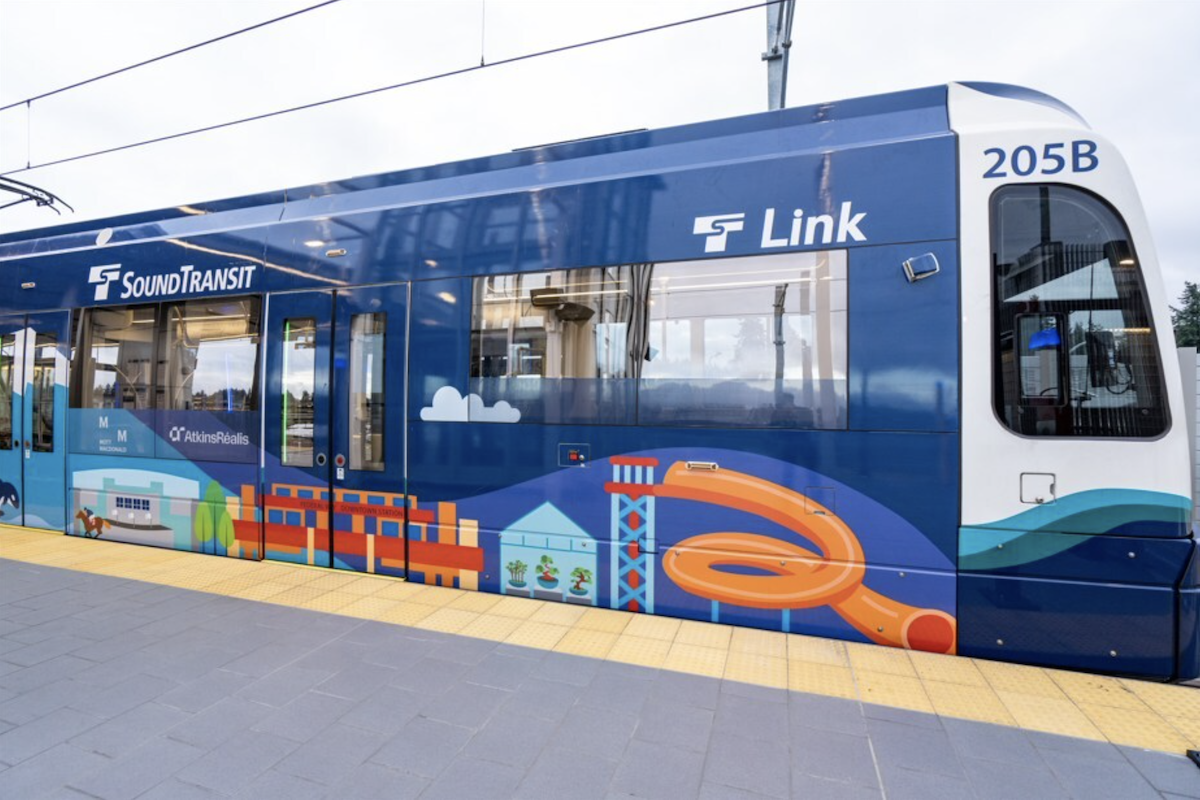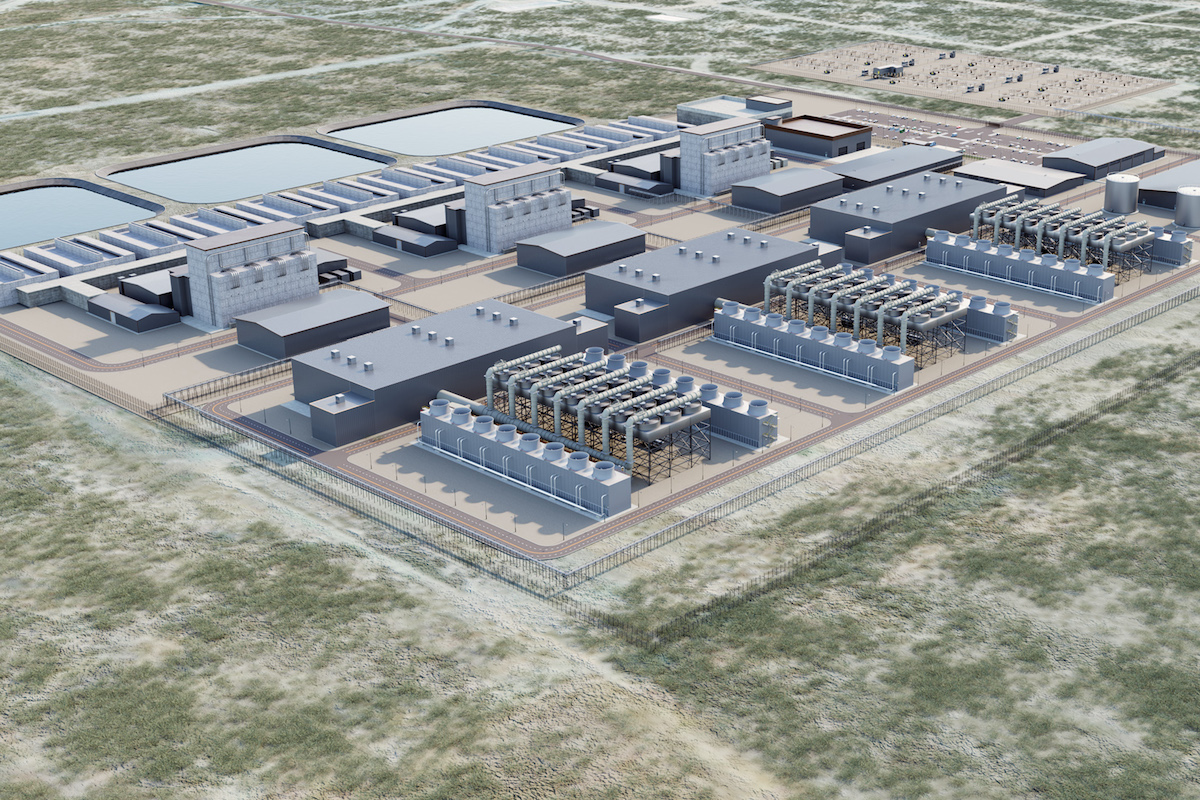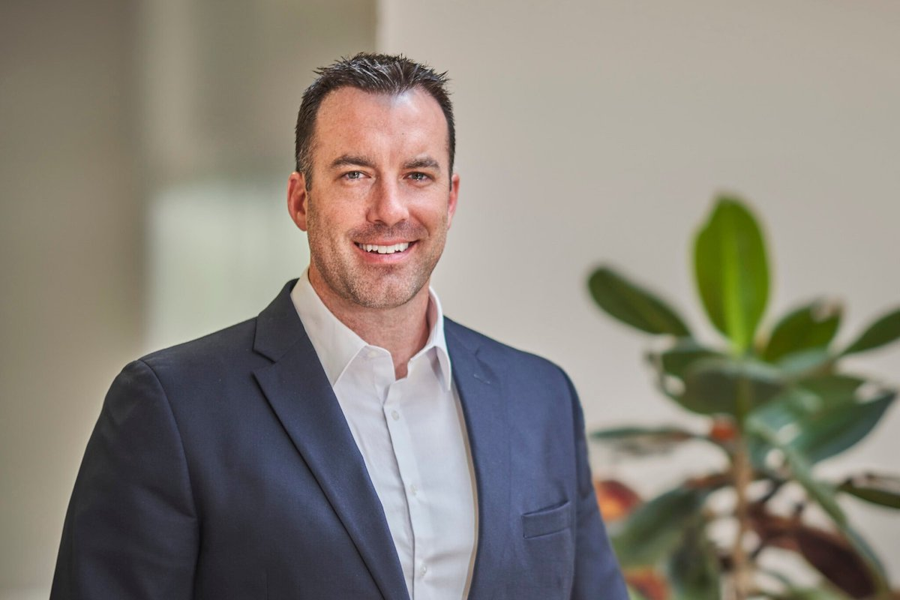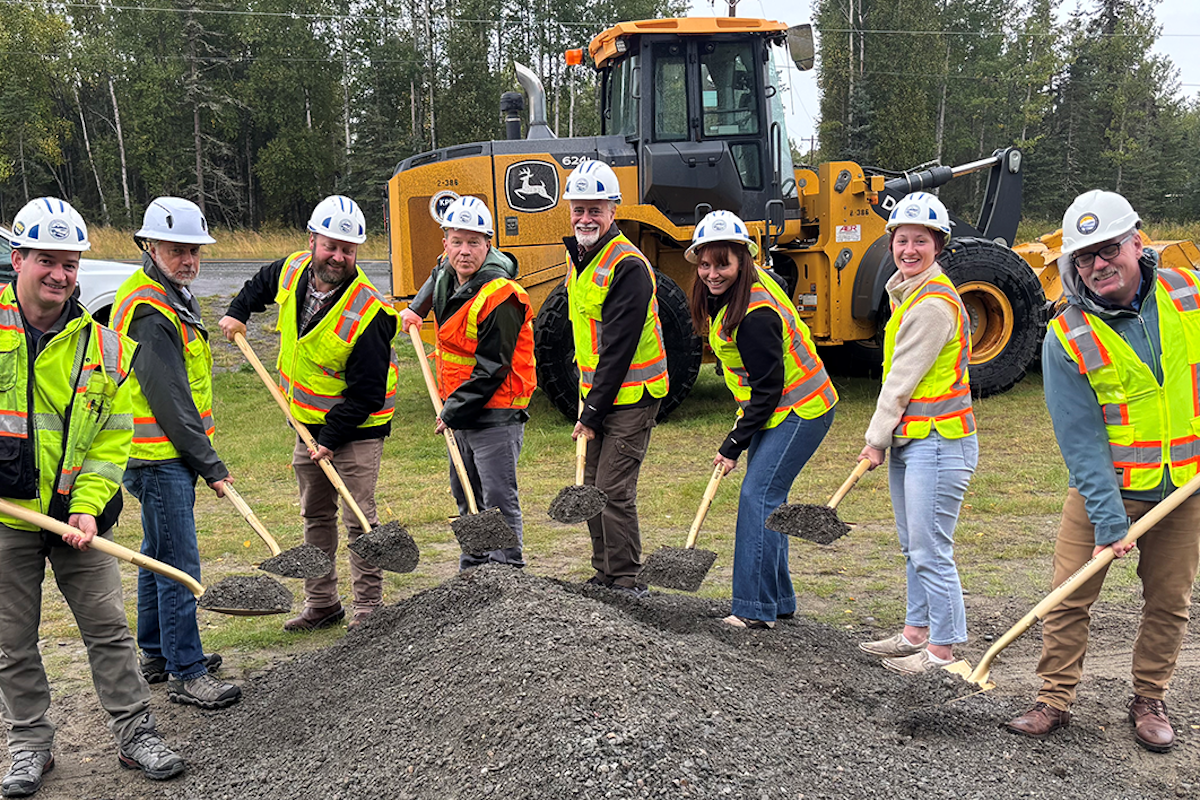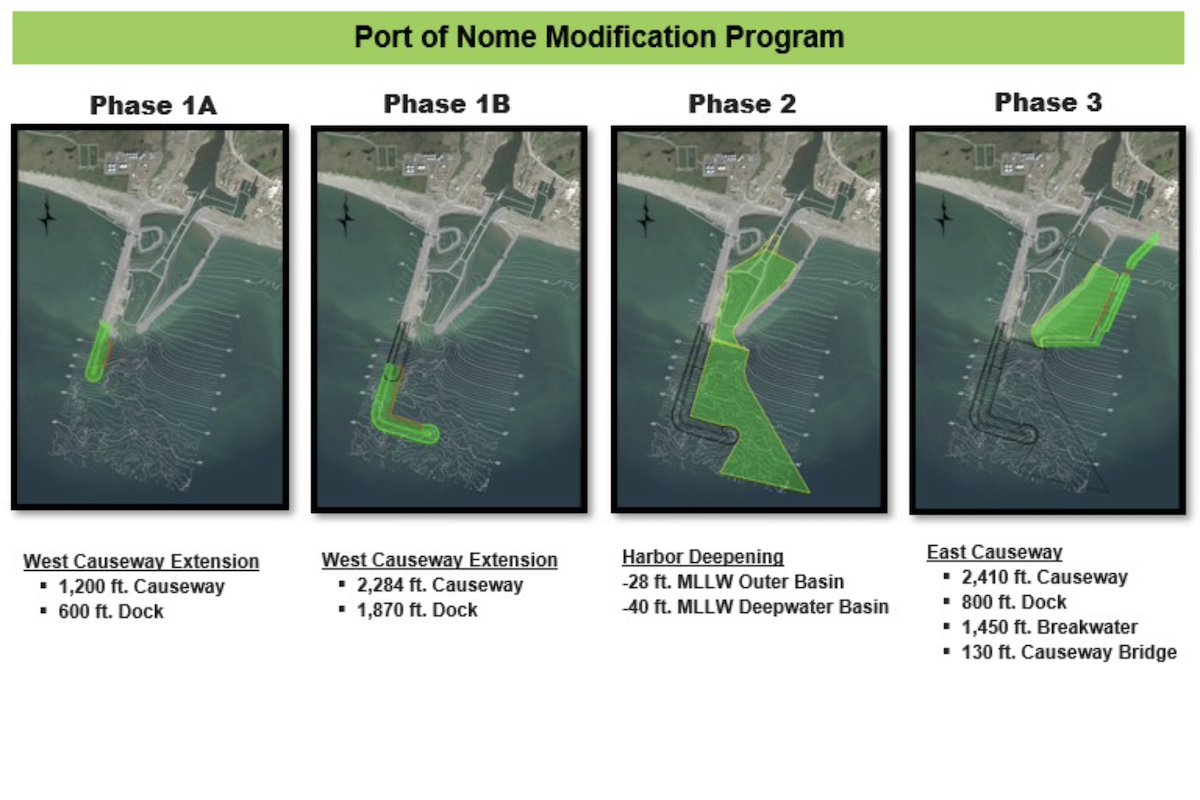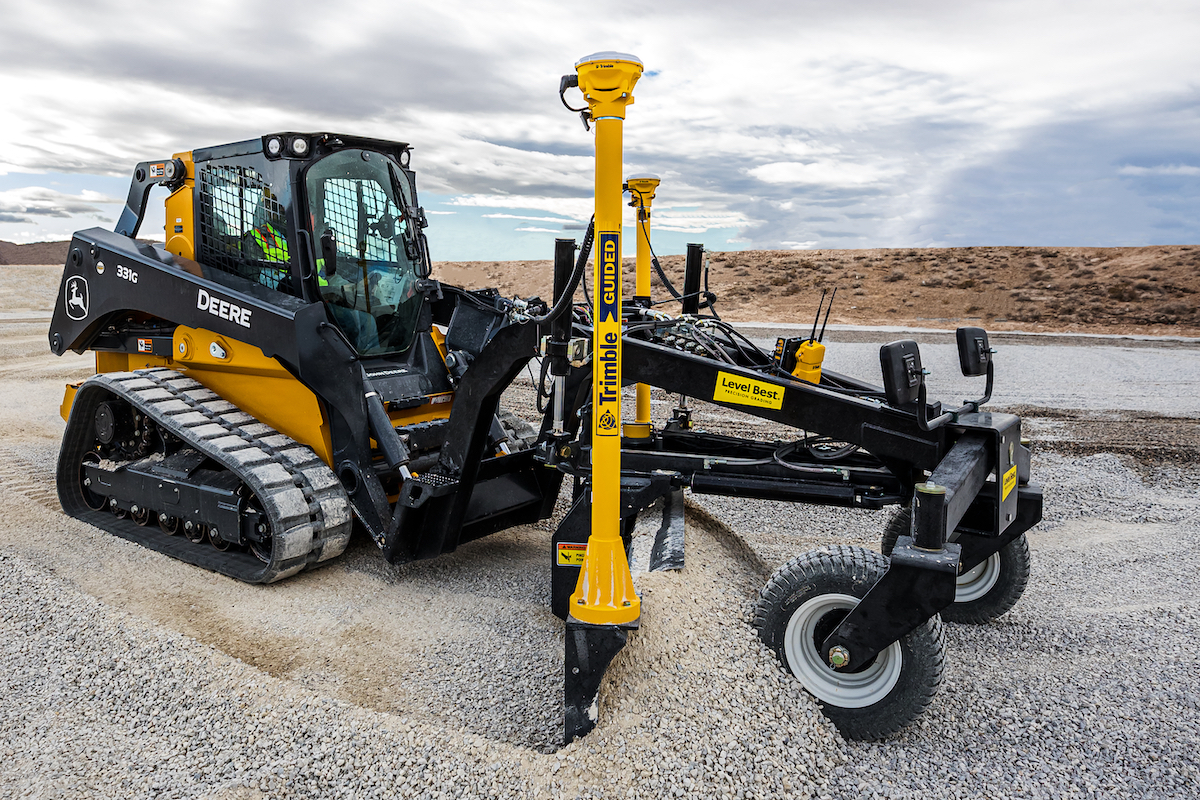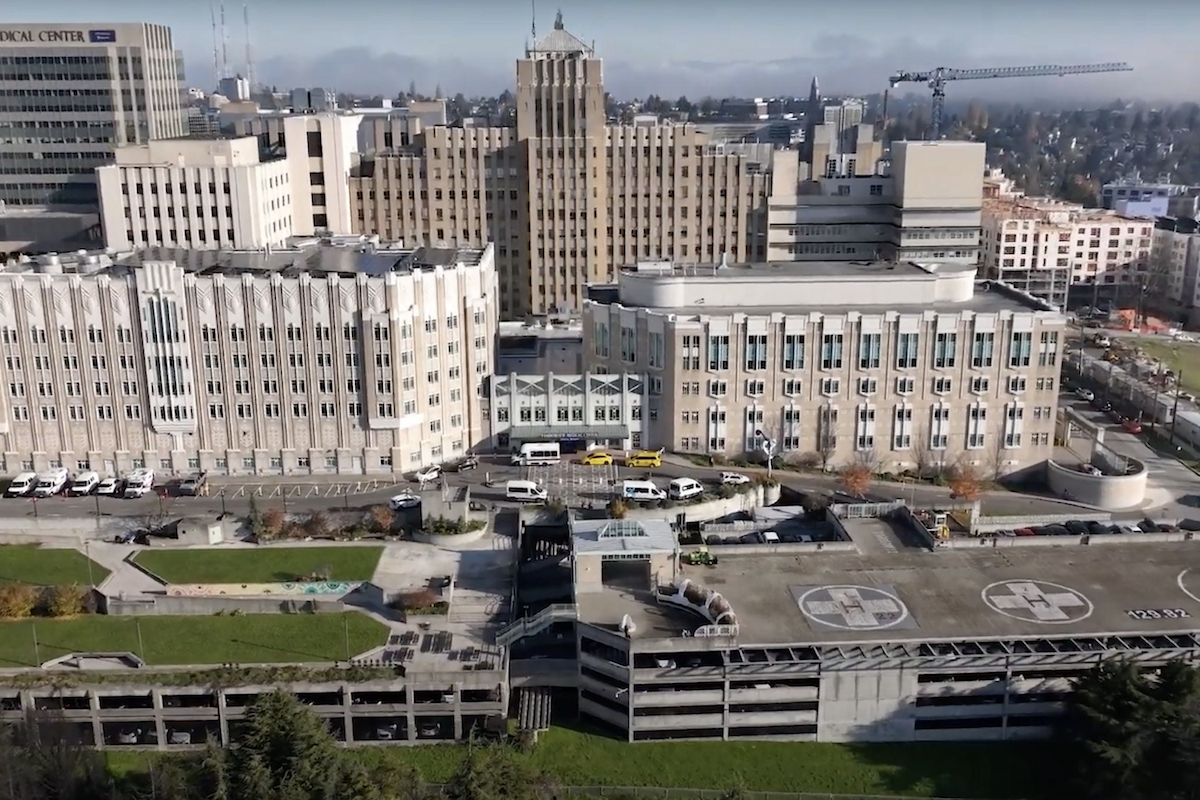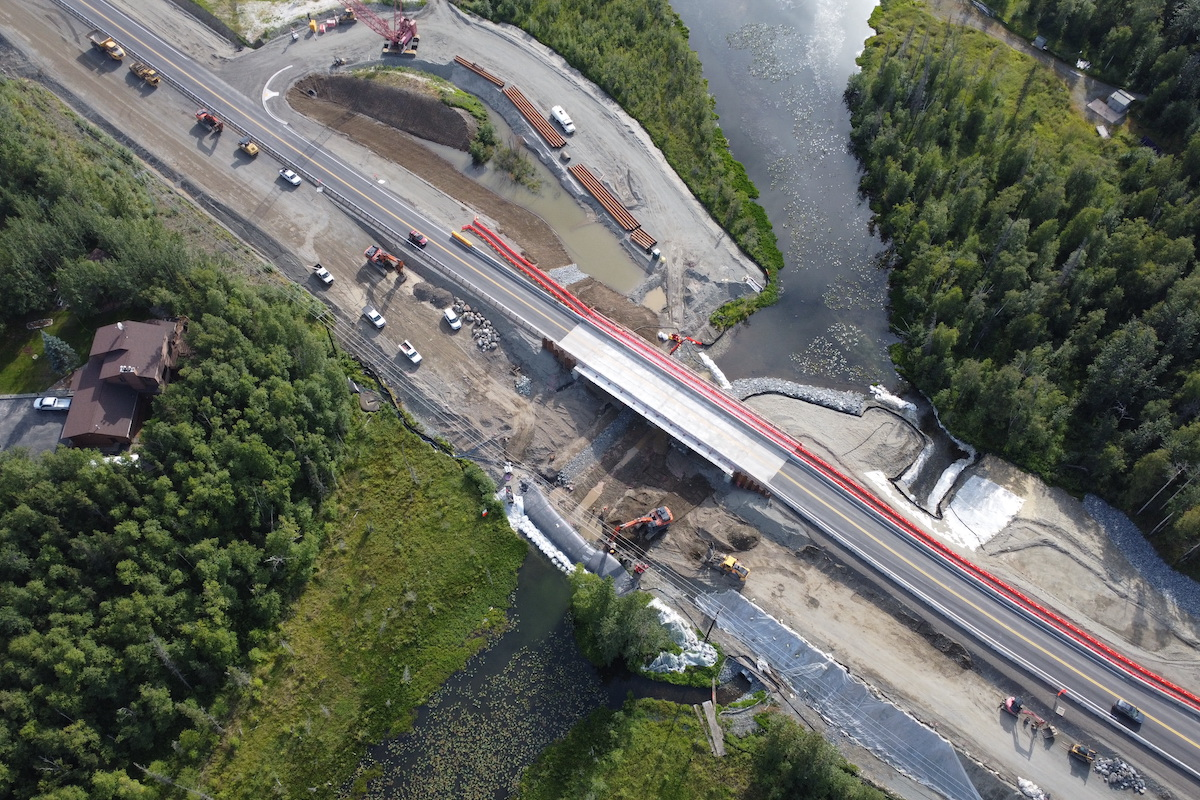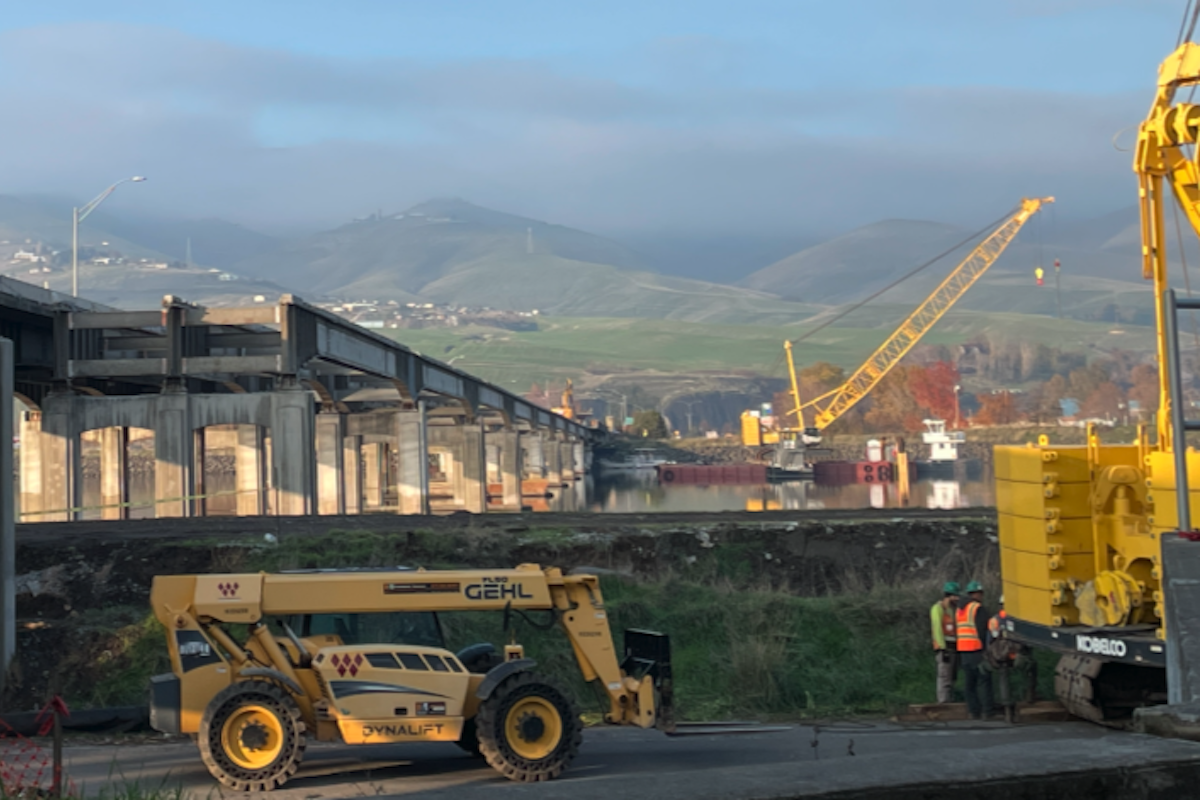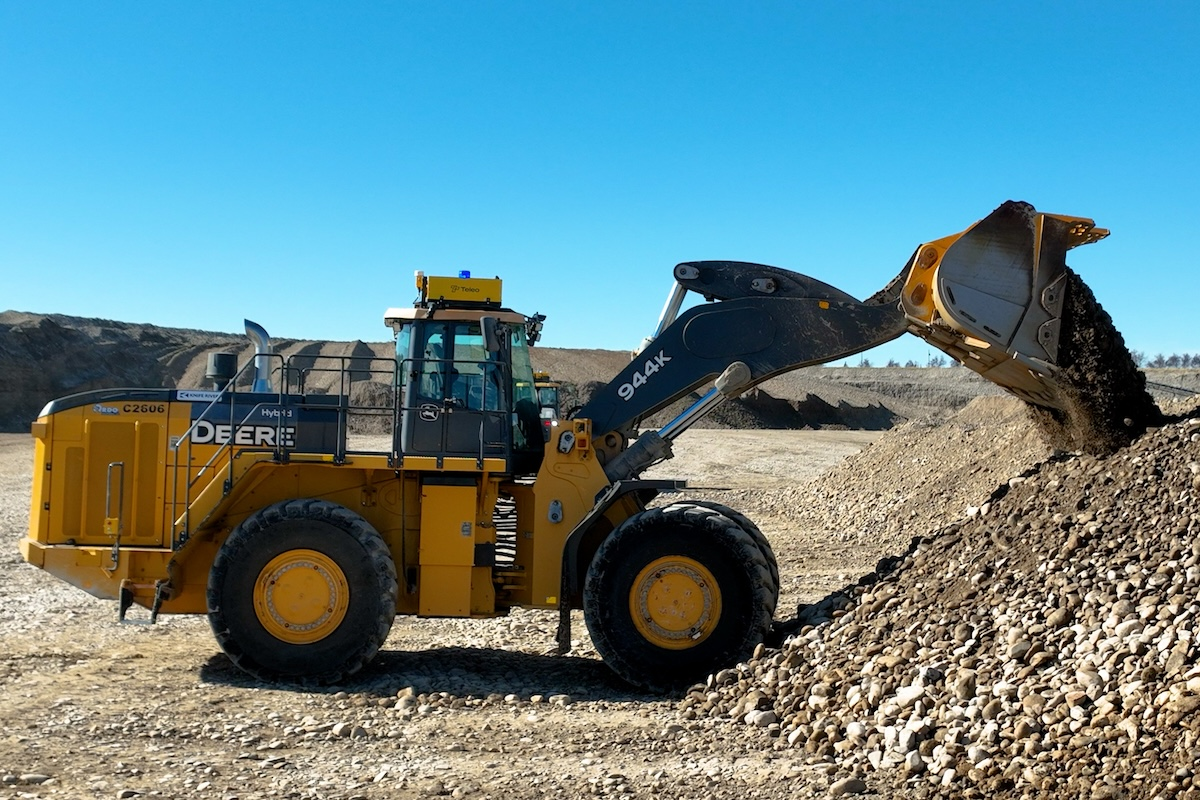The disruptions that created shaky ground for the industry – fiscal pressures combined with chronic worker shortages and climate change impacts on every front – are likely to continue into 2024. Construction firm management should focus their strategies around business continuity and risk management to be in the best position to get through the turbulence.
But, oh, the challenges. Two-thirds of construction respondents to the HUB International 2024 Outlook Executive Survey cited economic challenges and unpredictability as pressures on profitability in 2024.
Indeed, the relentless climb of interest rates to control inflation finally seems to be working. But it wasn’t soon enough to delay some projects, which were later stopped, pared back, or canceled altogether as the cost of money put profits in a vise.
In 2024, the combination of high rates and tight credit is likely to slow private construction activity. The rate environment’s impact on mortgage lending also is forcing a continuing pivot in the new year, away from new single-family home building to the “build-to-rent” market. Inflation and price volatility for key materials will also drag profits as builders find it difficult to accurately bid longer-term projects.

| Your local Superior dealer |
|---|
| Westate Machinery Co |
As the current workforce ages and more retire or scale back, almost 90 percent of firms are challenged to fill open jobs. Convincing the next generations to choose construction as a career is a struggle. It underscores the need to focus on two areas in 2024: the importance of safety as an essential organizational value, and the importance of benefits in successful recruiting.
On safety, there’s no question that the construction industry is one of the most dangerous, reporting more workplace injuries than any other. One of the downsides of an aging workforce is the loss of institutional knowledge, including safety practices, when older workers retire from the job.
Protecting the workers companies have – and promoting their safety records and practices with recruits – is imperative. Forward-thinking firms are not just emphasizing their positive environmental safety and health records with candidates, but many are creating their own in-house training programs to bring new workers up to speed. One HUB client’s “university” opened a healthy pipeline of new skilled professionals that also instilled a culture of safety. Accidents and workers’ compensation claims also went down.
Contractors also will see recruiting success by structuring differentiating benefits and financial incentives. Firms are increasingly offering health benefits, including alternative options like health savings accounts and catastrophic care plans. And employee assistance programs, mental health benefits, retirement plans, and financial wellness programs also are on the table.
Only about one-third of the construction respondents to HUB’s survey said they offered such benefits. But firms that develop a benefits strategy that is personalized to each individual’s work and personal life will see the payoff: a quality employee experience (QEX) that enhances engagement, boosts recruiting and retention, and improves overall employee well-being.
Either way, it’s essential to anticipate the best and worst ahead with sound strategies for business continuity and risk mitigation. It also won’t hurt to understand the role of risk and insurance in this environment – and how, with the aid of an experienced broker, they can be a valuable strategic tool.
Worrisome trends that limit construction’s resiliency? Look at the top causes for construction and engineering insurance claims globally. Top of the list: fires and explosions, at 27 percent of the value of industry claims over five years. Natural disasters like hurricanes and recent intense heat accounted for about a fifth of claims, followed by construction defect (10 percent) and faulty workmanship (8 percent).
Add supply chain-related concerns to that list. Cost overruns are likely to continue to afflict contractors in 2024 as inflation keeps materials costs high. To guard against delivery bottlenecks, many will continue to secure materials earlier even if they aren’t immediately needed. One HUB client purchased $1 million in HVAC units in advance of a project it was bidding on. The downside: the cost of storing and insuring them until installation.
The industry will continue to feel the impact of such threats in rising rates for some key coverage lines. Builders with projects in high-risk areas can expect general liability rates to be up as much as 15 percent in 2024. Builder’s risk insurance for large frame projects in catastrophe zones may be 30 percent higher. The good news is that rates will remain flat or decline for workers’ compensation, directors & officers (D&O) coverage, and environmental coverage.
The use of risk and insurance as a hedge can take several forms. Firms that have a well-capitalized captive, for example, might consider taking a loan from the captive to alleviate temporary cash flow issues. And for those that anticipate and address potential issues, their insurance program can be leveraged as a source of contingent capital to bolster their long-term resilience and results.
It takes an experienced broker to evaluate insurance programs for coverage limits and gaps and to ensure risk management resources are provided to support business goals. A wealth of benefits options is also available. The right experts can help ease the challenge of designing a differentiated, personalized benefits program without breaking the bank.
Construction firms that work hard to create a positive story about how they anticipated and managed through continuing business challenges will strengthen their brand. That will serve them well with clients, business partners, employees, vendors, and insurers in 2024 and beyond.
Craig Tappel is the Chief Sales Officer for global insurance brokerage HUB International’s construction specialty practice.












